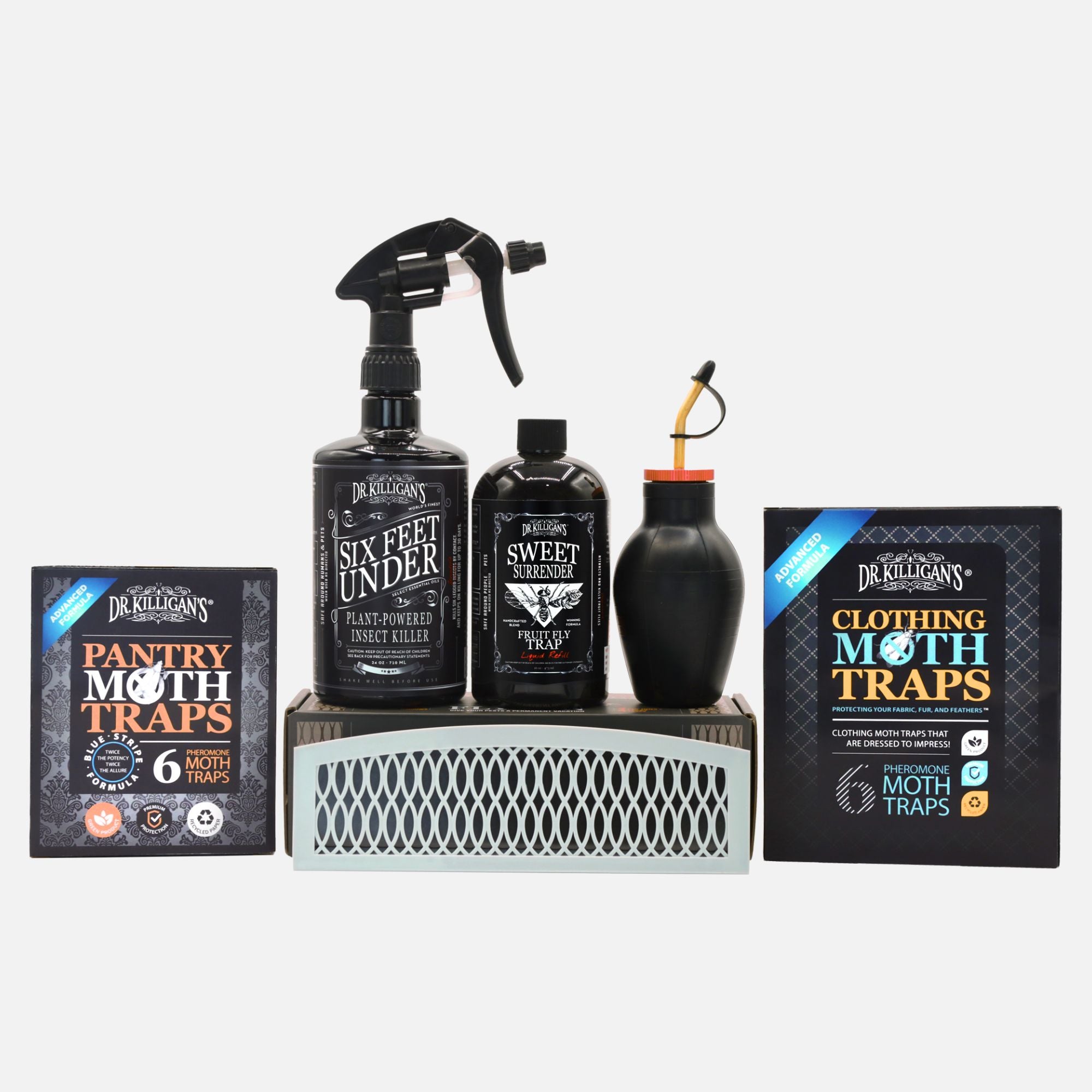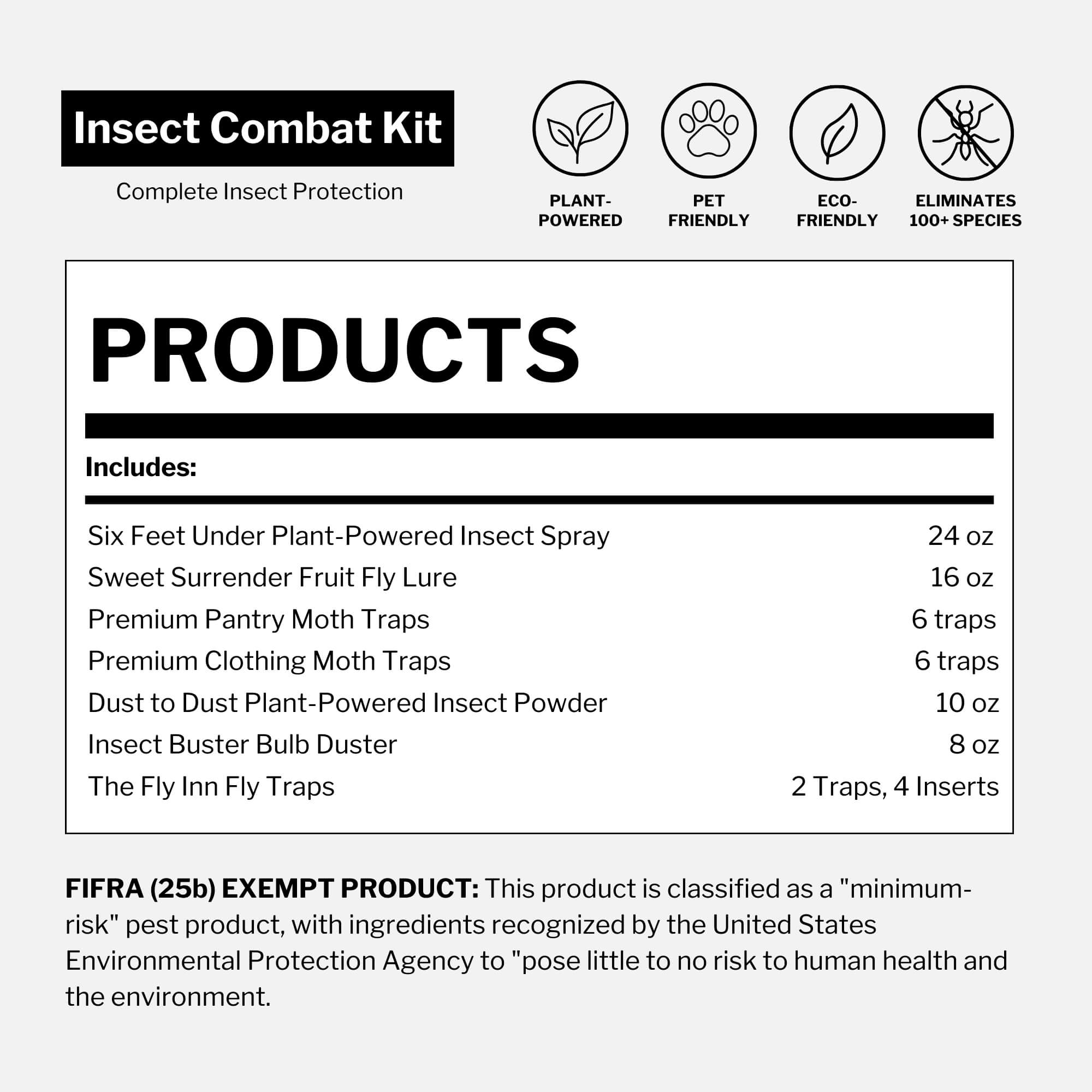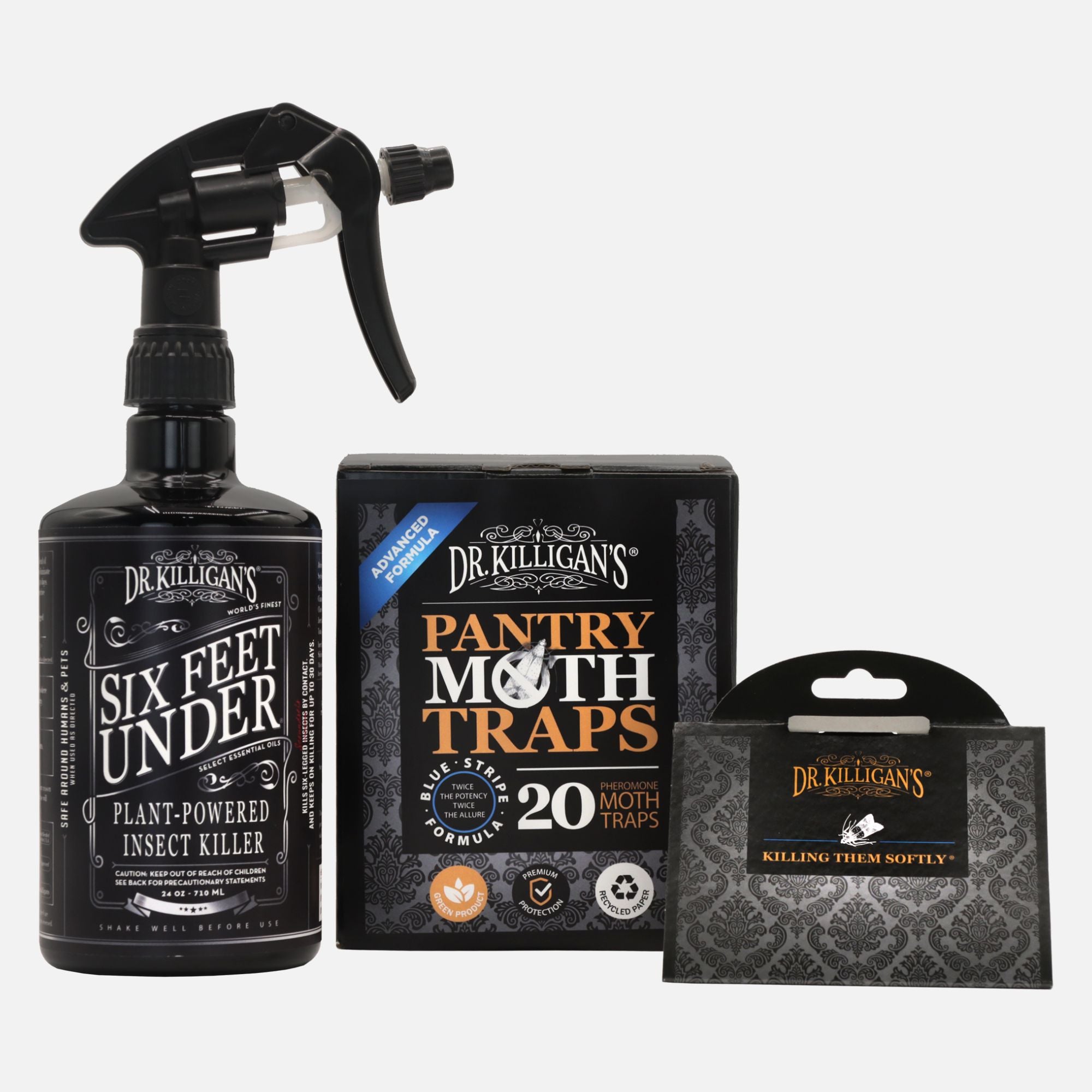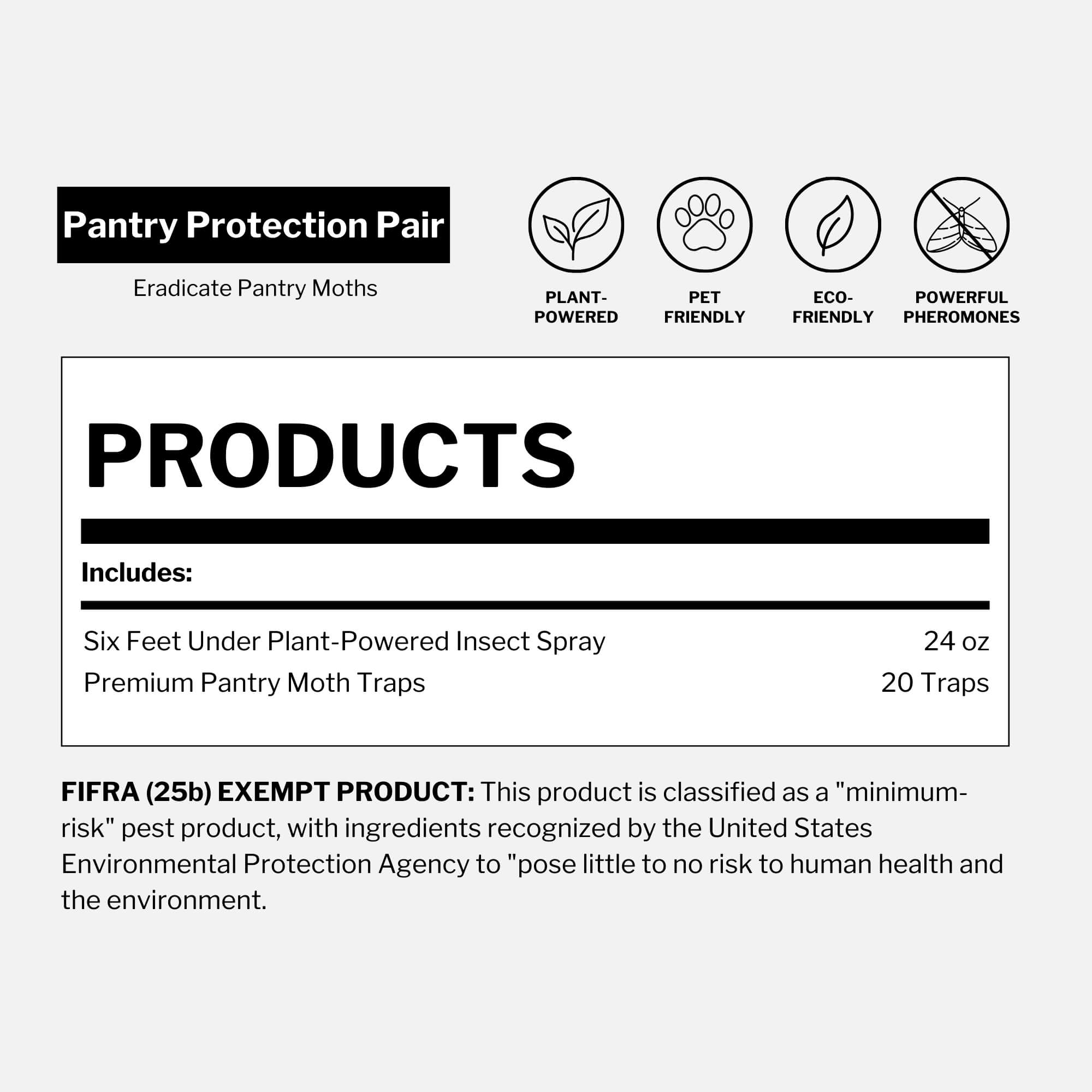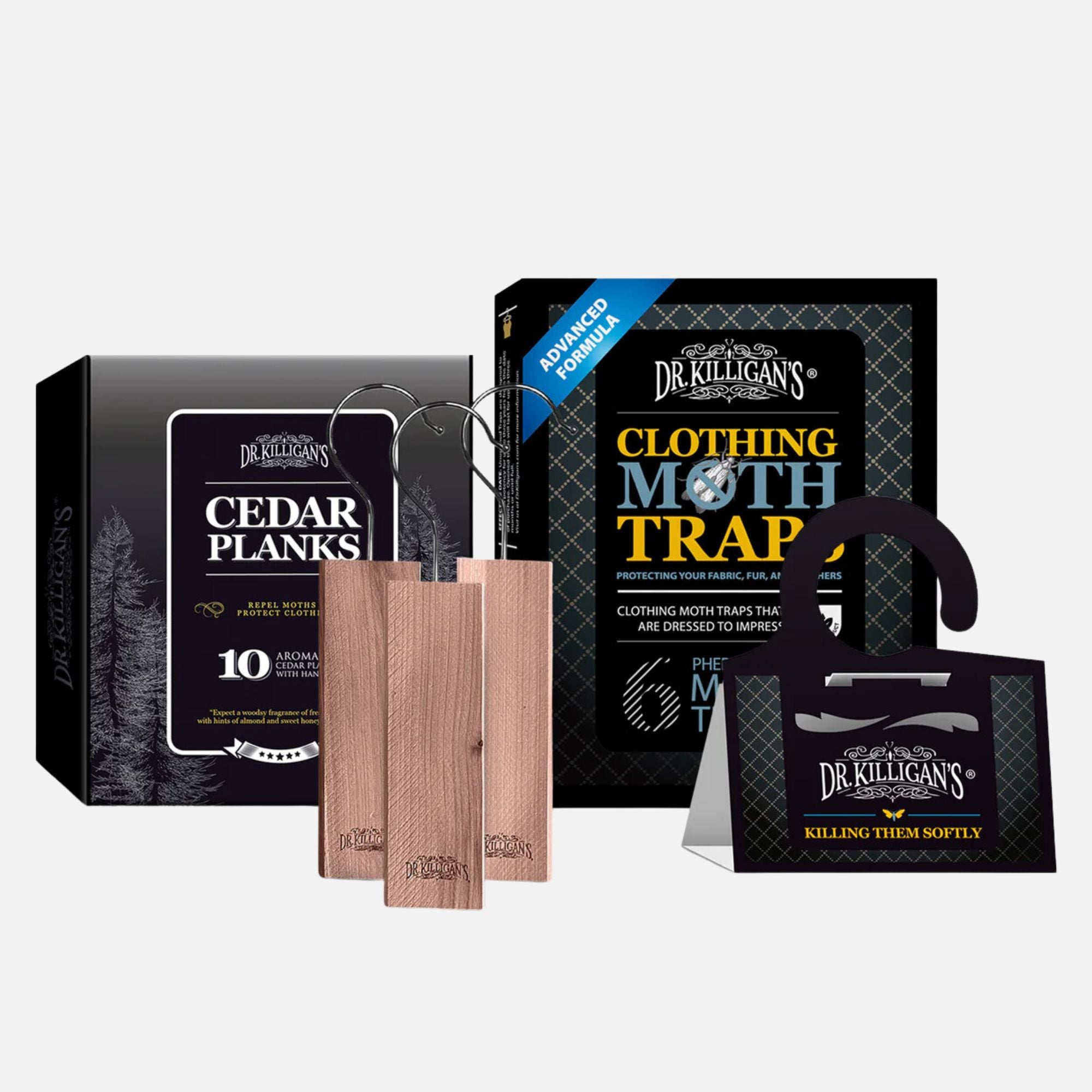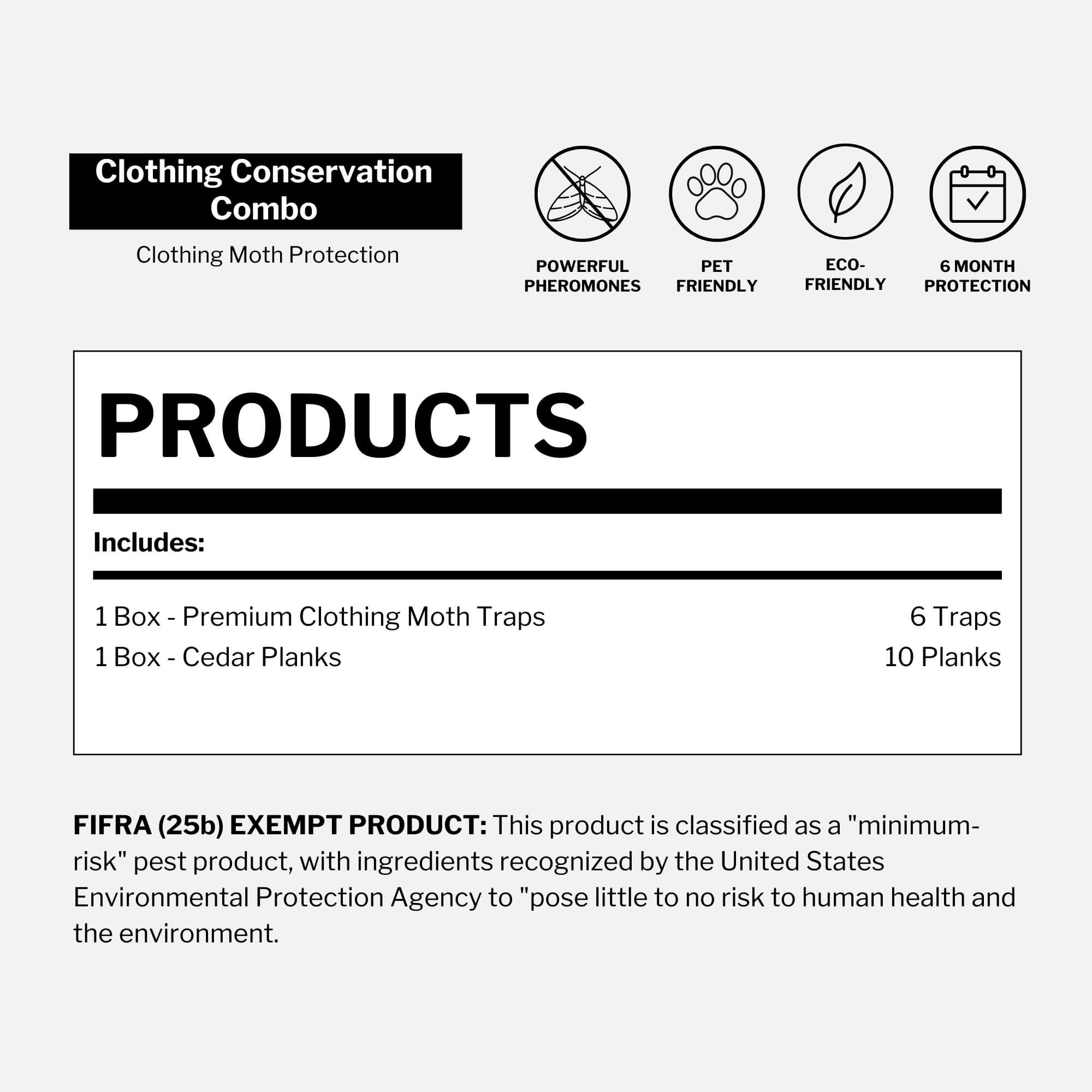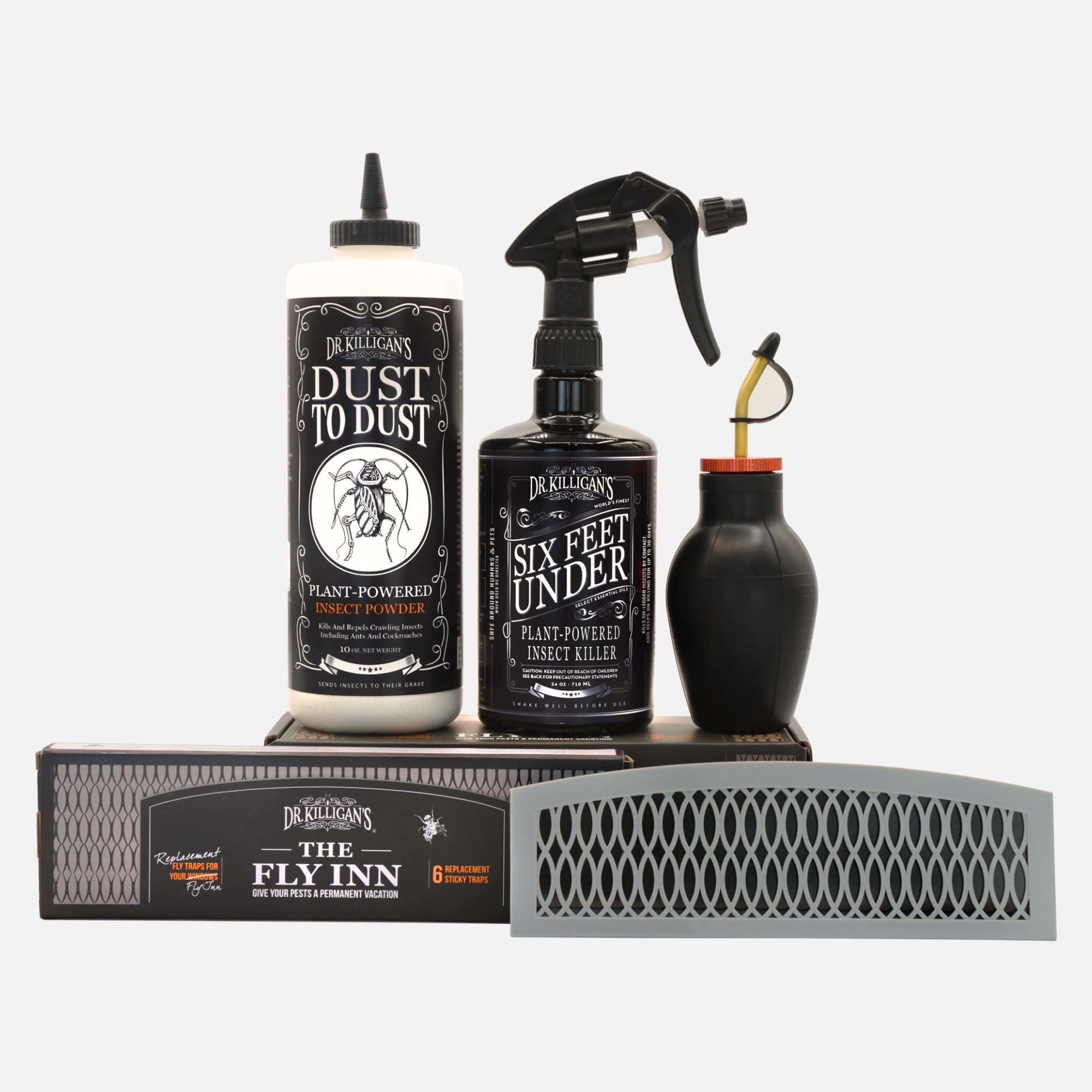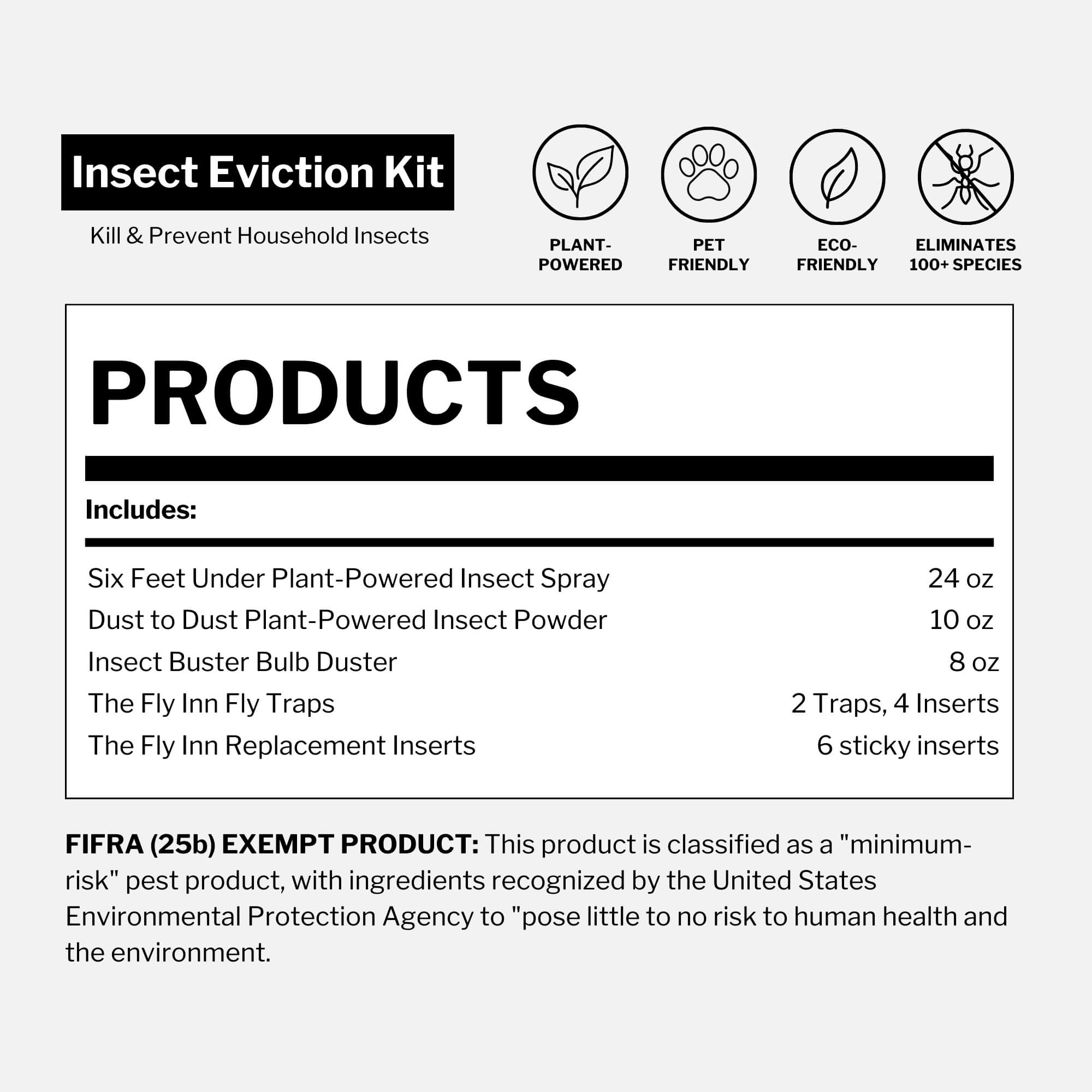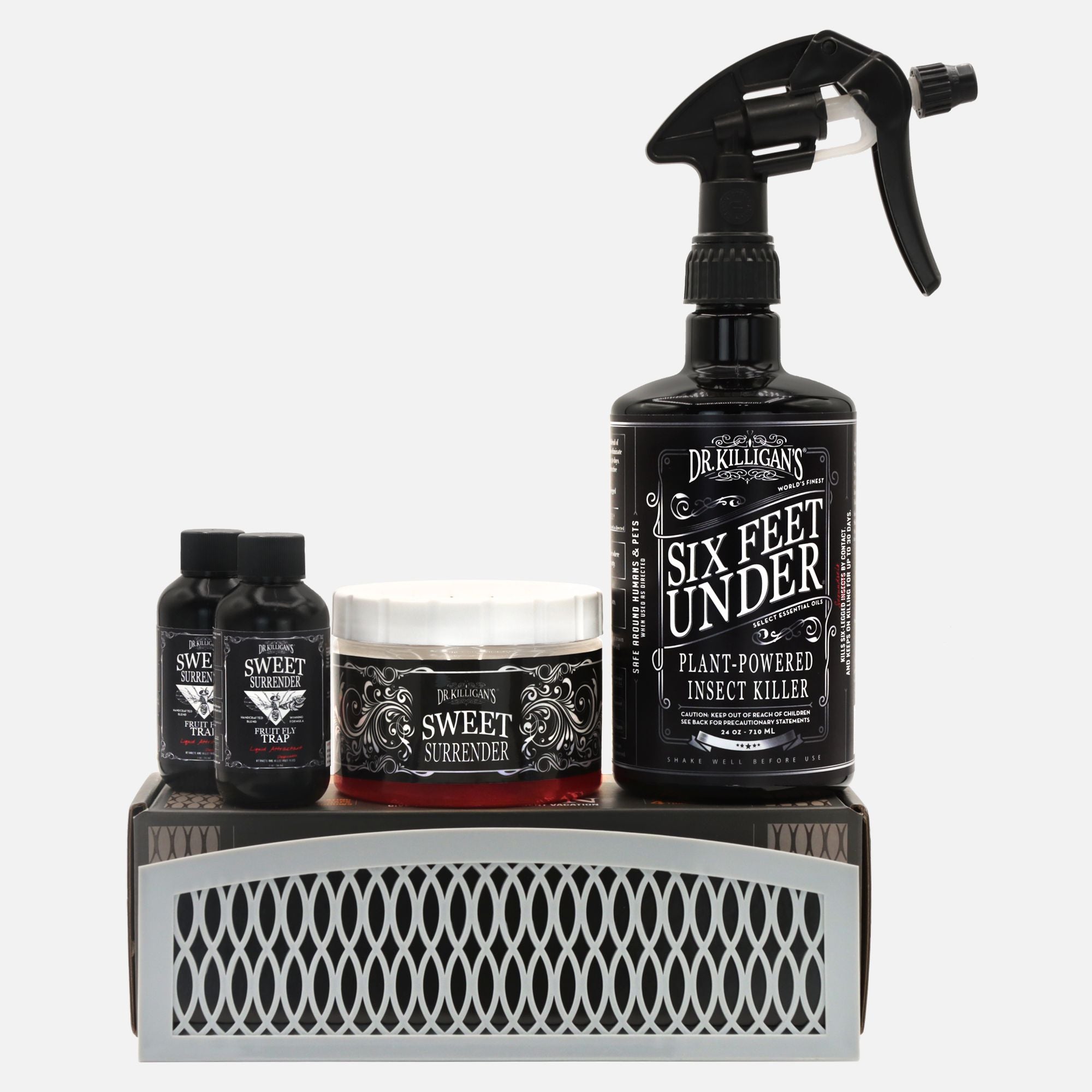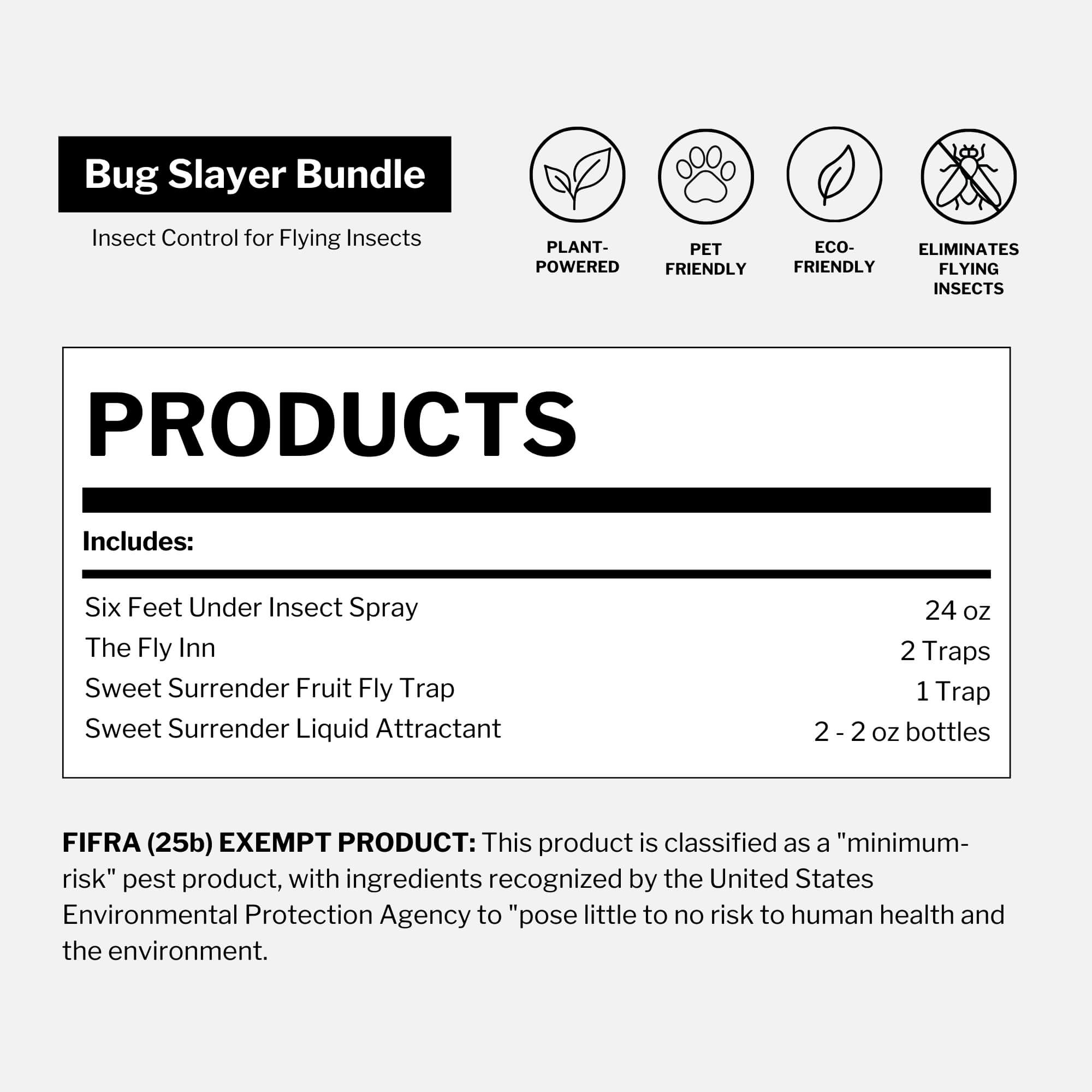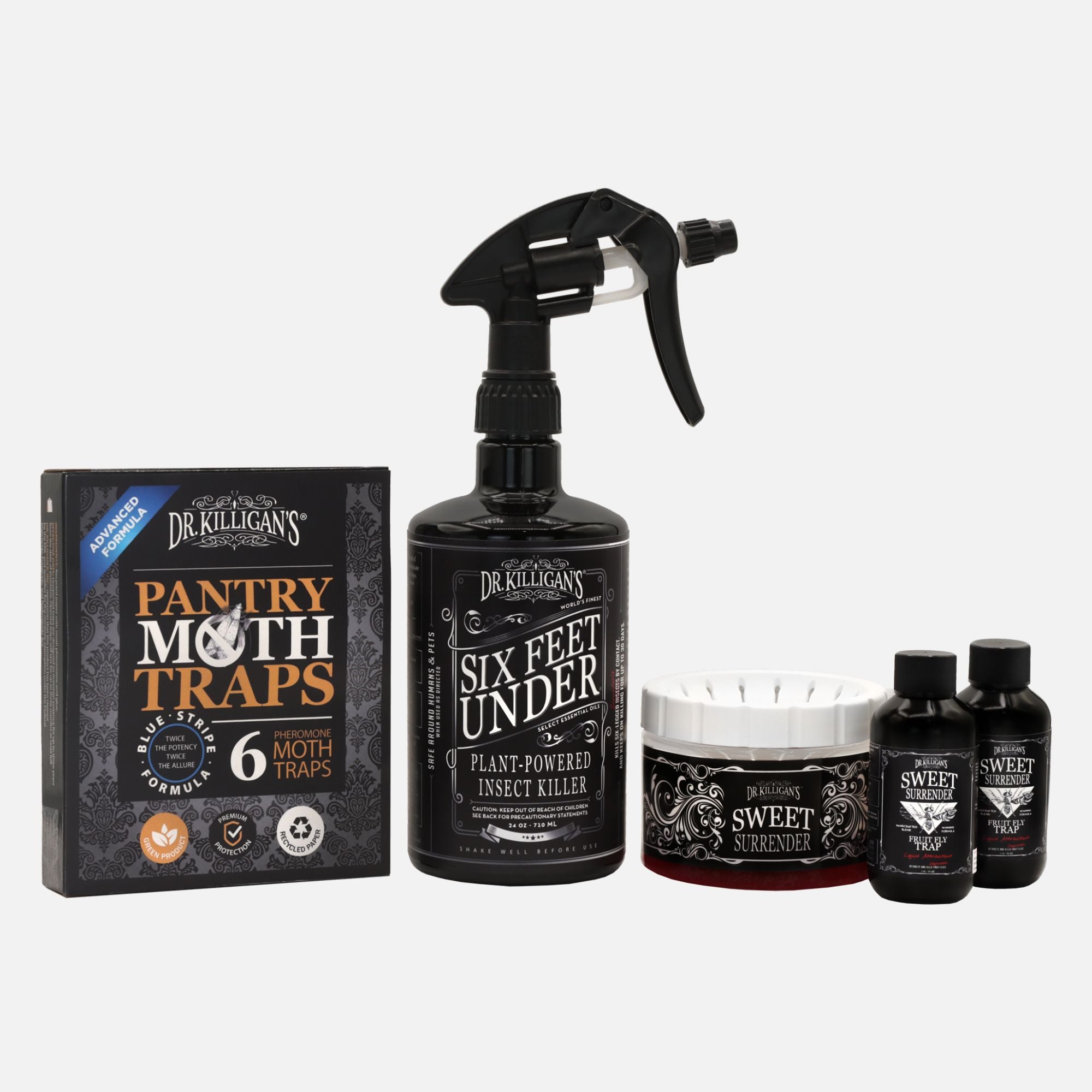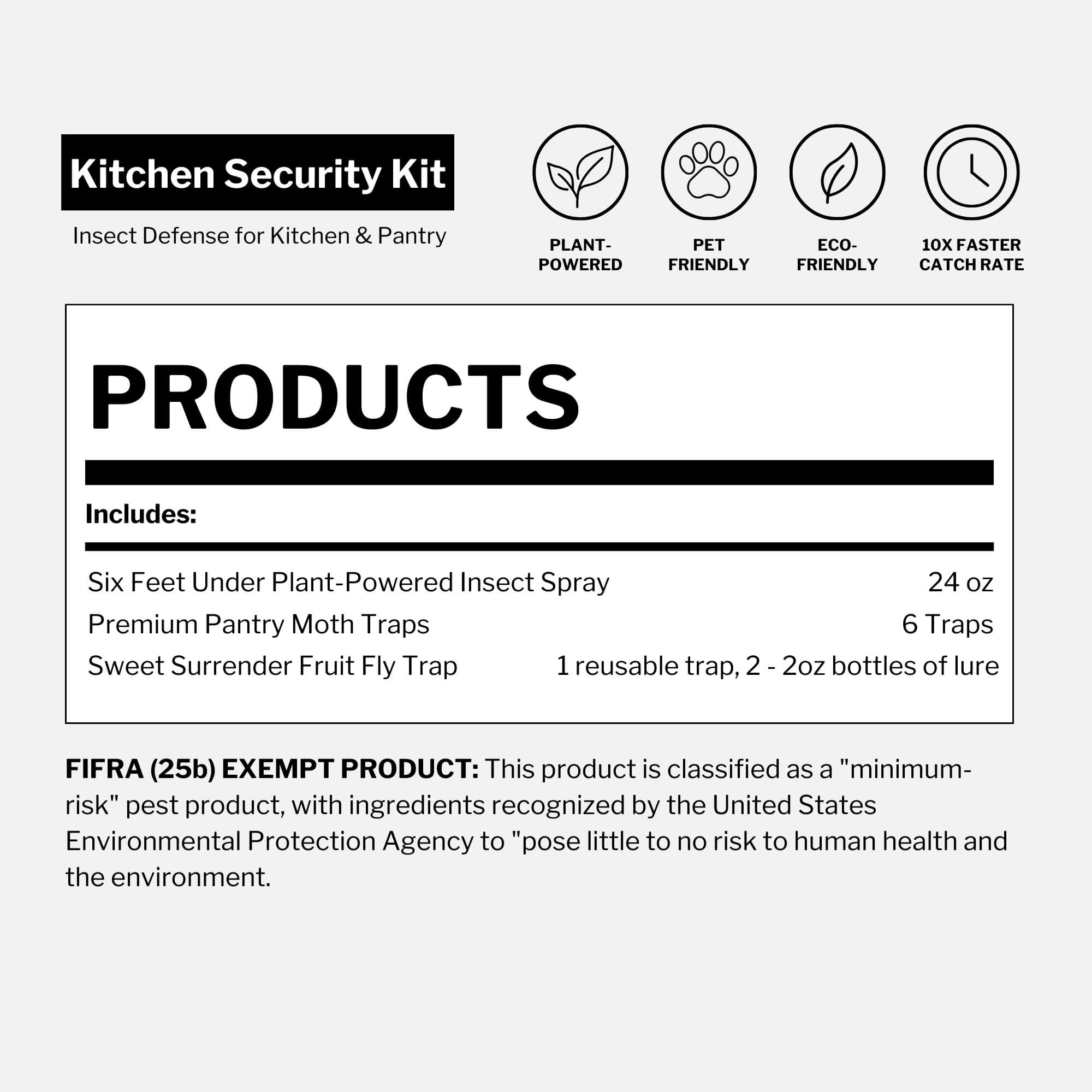Updated on February 6th, 2025
Struggling with an ant infestation? Whether you need to know how to get rid of sugar ants in your kitchen or how to get rid of carpenter ants burrowing into wood, the key is finding and eliminating the colony.
If you're looking for general information on how to get rid of ants, the strategies in this guide apply to many common species. However, since sugar ants and carpenter ants cause the most trouble in homes, we’ll focus on these two—how to identify them, what attracts them and the most effective ways to eliminate them.
>>> Eliminate ants with the world's most effective eco-insecticide
What attracts ants to your home?
Ants are not shy. They are not nocturnal. Their colonies may appear at any time of day. They may welcome themselves into your home (and life) one day and be gone the next.
However, they have their particulars—certain conditions that will attract and keep them in your home. The five most common reasons ants invade homes are:
- Water leaks
- Unclean conditions
- Pets
- House plants
- Lack of water
Now, let’s explore each in more detail.
1. Water leaks

That steady drip under the sink may be of no concern to you, but it has a strong magnetic pull for ants and many other insects. Why? All living creatures need water. And rest assured, they will find it.
Did you know? Ants have a built-in radar for water. Research shows that large colonies can detect water sources from up to 13 meters away using their ultra-sensitive antennae. That tiny leak under your sink? To them, it’s like a glowing neon sign saying, “Water this way!"
2. Unclean conditions
This can range from a sink full of greasy dishes and a trash can brimming with birthday party leftovers to unwashed sticky countertops or sweaty laundry. Another overlooked culprit? The wandering fingers of a child. Kids touch everything, leaving behind traces of stickiness on walls, furniture and clothes—all of which can attract ants on the march.
Fact: Ants navigate using pheromone trails—essentially their version of GPS. Once one scout finds a tasty mess, it lays down a chemical path, signaling others to follow. Want to stop them in their tracks? Find out how in How do you get rid of ant trails?
3. Pets
Pets require extra care when it comes to keeping pests at bay. Their feeding areas can be a major attraction for ants, offering an open buffet of food and a constant water source. Even outdoor feeding stations placed near the home can draw ants closer, increasing the risk of an indoor invasion.

Did you know? Outdoors, fire ants are notorious for invading pet food bowls, sometimes blanketing them in search of protein-rich meals. Their aggressive behavior can turn mealtime into a battle for your pets.
4. House plants
Plants can encourage ant activity by providing a reliable water source through damp soil. On the other hand, dry soil creates ideal spaces for ants to nest, making houseplants a potential hotspot for infestations.
Did you know? Some ants farm aphids on houseplants, protecting them in exchange for a steady supply of honeydew—a sugary substance aphids produce. If you spot ants crawling on your plants, you might have more than just an ant problem. Learn how to protect your houseplants from aphids.
5. Lack of water
Even the cleanest, most well-kept home isn’t immune to ants. When dry spells hit, they’ll march indoors, determined to find life’s most essential resource. For most ants, even a tiny drop can mean survival—so don’t be surprised if they show up when things get dry.
Fact: Some desert ants can survive without drinking water at all. Instead, they extract moisture from their food and regulate their body temperature to minimize water loss.
What types of ants will infest your home?
Many ant intruders will find your home inviting and stick around. When you get them, it's important to identify which type you have. Some can be aggressive.
| Ant type | Size | Color | Nesting preference | Bites/Stings | Noteworthy details |
|---|---|---|---|---|---|
| Sugar ants | 1/16" - 2/16" | Dark brown to black | Moisture-rich and water-damaged areas | Yes, mild burning | Includes pharaoh ants, carpenter ants, odorous house ants and pavement ants |
| Carpenter ants | 1/4" - 2/4" | Black | Water-damaged or softened wood | Yes, causes burning sensation | Do not bore through solid wood |
| Black ants | ~1/16" | Black | Walls, wood rot | No, but have stingers | Stinger too small to puncture human skin |
| Fire ants | 1/8" - 2/8" | Bright red | Outdoors, close to homes | Yes, painful sting | Most aggressive, stings cause welts, can trigger allergic reactions |

Get rid of sugar ants in your home
The most common kitchen invaders are odorous house ants—tiny pests often called 'sugar ants' due to their attraction to sweet foods. If you’re wondering how to get rid of sugar ants in your kitchen, the key is to eliminate food sources, disrupt their trails and treat entry points.
Tip: A quick way to verify their ID is to squash one or two. If they emit a distinctive, unpleasant odor—described as rotten coconut or petroleum-like—you’re likely dealing with odorous house ants. If it's not odorous house ants, read Ants are everywhere. Here's what to know and where to turn for insight on other common ants that may be in your home.
You may spot a single, wandering odorous house ant scout searching for food or a full-blown ant trail running between a nest and a food source.
Sugar ants are opportunistic foragers, drawn to:

- Sweet foods – sugar, honey, syrups, spilled soft drinks
- Proteins – meats, dairy products
- Grease and oils – cooking fats, butter residue
While a lone scout may seem harmless, it’s mapping out a food source and will quickly bring in hundreds—or thousands—of friends if left unchecked. Ant trails often appear along walls, under sinks and appliances or even beneath carpets, leading directly to food spills, garbage cans or improperly stored items.
How to get rid of sugar ants:
- Eliminate active ants immediately – Use Dr. Killigan’s Six Feet Under, a non-toxic kill-on-contact spray powered by cinnamon and clove, to remove scouts before they call for reinforcements.
- Disrupt their trails. Sugar ants leave behind pheromone trails to guide others. Wipe down surfaces with Six Feet Under to erase their scent map.
-
Remove food sources. Clean up spills, wipe counters, store food in sealed containers and keep pet food covered.
- Use Dust to Dust for ongoing protection. Use Dust to Dust for continuing protection. This biodegradable powder kills ants faster than diatomaceous earth, creating a long-lasting barrier to help prevent future infestations. Puff it along baseboards, under sinks and other areas where ants travel. Apply it at entry points and high-activity regions.
- Pair Dust to Dust with a slow-acting bait for complete control. While Dust to Dust stops ants in their tracks, an ant bait made with borax and sugar water can help target the colony itself. Place bait near foraging trails, but away from treated areas to prevent deterrence—allowing worker ants to carry poison back to the nest. Ensure it is placed in areas inaccessible to children and pets.
- Track their entry points. Follow the trail to find cracks in walls, gaps in windows or baseboard openings. Seal them with caulk to prevent further invasions.
- Be proactive. Even after removing visible ants, keep an eye on problem areas for signs of new activity.
By cutting off their food supply and disrupting their navigation, you’ll get rid of sugar ants naturally—without resorting to toxic chemicals.

Tips & notes for getting rid of sugar ants
- Expect odorous house ants to return. These tiny invaders return repeatedly throughout the year, especially after heavy rains, cold snaps or extreme summer heat. Keeping up with preventive measures is key.
- Check Dust to Dust application. If you’ve puffed Dust to Dust outdoors, inspect it after heavy rain or strong winds, as the powder may disperse and require reapplication. For long-term defense, sprinkle Dust to Dust around the foundation of your home, especially at known entry points, extending the perimeter at least 6–12 inches. Use the Insect Buster Bulb Duster for application.
- Know where odorous house ants nest. Their colonies typically house up to 10,000 ants with multiple queens and are often found outdoors beneath soil, pavers, wood piles or other debris. However, they may also establish indoor nests in wall voids or near warmth-emitting sources.
Get rid of carpenter ants in your home
Carpenter ants are also a type of sugar ant, but unlike their kitchen-invading relatives, they don’t just scavenge for food—they also tunnel into wood, weakening structures over time. These large ants—specifics are in the aforementioned chart—prefer damp, decaying wood, making homes with moisture issues especially vulnerable.
Tip: A quick way to identify carpenter ants is by their distinctly rounded thorax. While most ants have noticeable bumps or ridges on their thorax, carpenter ants have a smooth, curved profile when viewed from the side.
Signs of a carpenter ant infestation include:
- Wood shavings (frass) – Fine sawdust-like material near baseboards, windows or wooden furniture that resemble pencil sharpener shavings.
- Rustling sounds – Faint scratching noises inside walls or hollow wood.
- Winged swarmers – Flying reproductive ants emerging indoors, particularly in spring or summer.
How to get rid of carpenter ants (before they cause damage):

- Destroy the colony. Spotting a few carpenter ants indoors usually means a nest is nearby. Use Dr. Killigan’s Six Feet Under to eliminate workers and disrupt their activity.
- Locate the nest. Unlike termites, carpenter ants don’t eat wood—they carve tunnels into damp structures. Check for nests in rotting wood, wall voids, attics and crawl spaces.
- Fix moisture issues. Leaky pipes, poor ventilation or damp wood create ideal conditions. Reduce humidity and repair water damage to deter nesting.
- Seal entry points. Gaps around doors, windows and utility lines are common access points. Caulk cracks and install weather stripping to keep them out.
- Store firewood properly. Keep woodpiles elevated and at least 20 feet from the house to prevent ants from moving indoors.
Tips & notes for getting rid of carpenter ants
- Find the nest—both parent and satellite nests. Carpenter ant colonies often have multiple nesting sites within a structure or on the property. Locating and eliminating the queen is crucial to stopping the infestation.
- Use neighborhood observations. If you’re dealing with a persistent infestation, speak with your neighbors. They may have noticed where ants are most active, movement patterns, past moisture issues, or sawdust-like frass—all clues to potential nest locations.
- Track ants to their satellite nests. A useful trick is to place a dead, soft-bodied insect near a foraging carpenter ant. Once it picks up the insect to bring back to the nest, follow it—this can help you locate hidden satellite colonies. Since there may be more than one, repeat this process on different sides of the house.
- Physically remove nests when possible. Once a nest is found, it can be removed physically by using a vacuum.
Treatment methods for carpenter ants
-
Use Dust to Dust for wall void nests. If carpenter ants are nesting inside wall voids, apply Dust to Dust through small drill holes near entry points to reach hidden colonies. For better coverage, drill holes three to six feet apart along the suspected nest area. After treatment, seal the holes with a dowel, small cork or appropriate sealant to prevent reinfestation.

- Apply a perimeter treatment to prevent reinfestation. A perimeter spray creates a protective barrier around the home, deterring ants from entering. Apply Six Feet Under Barricade around the foundation wall, extending 2 feet up and 3 feet out, and treat all potential entry points, including breaks in the foundation, window and door frames, siding edges, and chimney flashing.
Getting rid of ant colonies: The key to long-term control
Eliminating a few visible ants may seem like a victory, but it’s only a temporary fix. Ant colonies can house tens of thousands of workers and multiple queens, often with hidden satellite nests—making full eradication a challenge.
The most effective way to get rid of ants is to find and treat the nest. Simply killing foraging ants won’t stop the colony—they’ll keep sending out scouts, looking for food, water and new nesting sites. Identifying their entry points, following their trails and disrupting their nesting areas is the only way to eliminate ants for good.
By combining direct treatment methods, such as Dust to Dust for wall voids and Six Feet Under Barricade for perimeter protection, with prevention strategies, like sealing entry points and eliminating food sources, you can make your home an ant-free environment.
Persistence is key. Even after treatment, continue monitoring for activity. If new ants appear, it may signal another hidden colony, requiring further action. Stay vigilant, take preventive steps and tackle infestations at the source to keep ants from returning.





